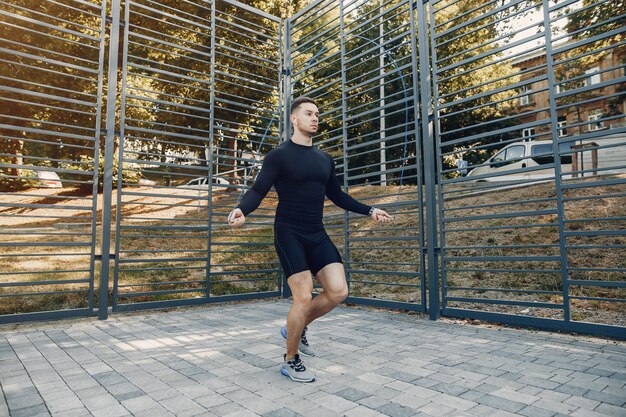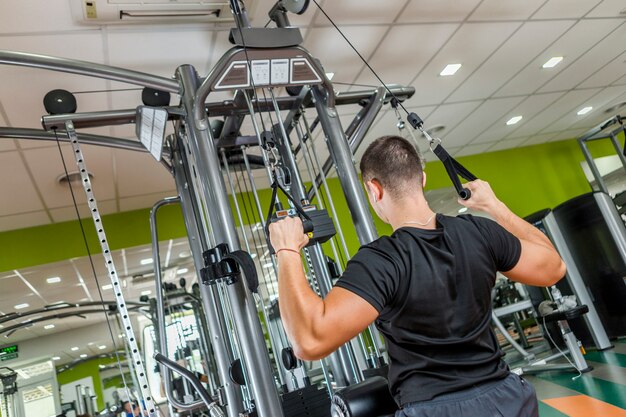In sports and fitness, “power” is a term you’ll hear a lot. It鈥檚 not just limited to sports; it鈥檚 a concept relevant in various scenarios. Athletes work hard to develop and improve their power, but what exactly does it mean? How does it relate to other physical ideas like strength and work? This article aims to break down these terms and explain their importance in sports performance.
Understanding Strength, Work, and Power
Strength in sports is your ability to resist or overcome resistance using your muscles. It’s essentially about how much force your muscles can produce against something. This force is measured in Newtons (N), factoring in gravity. For example, if you have a 5-kilogram weight, the gravitational force it exerts is roughly 50 N. To hold this weight steady, your arm muscles need to exert that same amount of force.
Work, in physical terms, combines force and the distance over which it鈥檚 applied. The formula is W = F x l, where W is work, F is force, and l is distance. If you lift a 10 kg object to a height of 1 meter, you鈥檝e done 100 Newton-meters (100 Nm) of work.
Power takes this a step further by including time. It鈥檚 the amount of work done per unit of time, P = W / t, and is measured in Watts (W). If you know the velocity (V) as distance over time, the power formula becomes P = F x V, meaning power depends on both force and speed.
Power in Sports
The formula P = F x V (power = force x velocity) helps athletes understand which aspects to improve: either strength or speed. Every sport has its own specific strength requirements. Athletes need to reach their sport鈥檚 optimal strength level.
The relationship between force and speed is shown by the Hill curve, which highlights that as speed increases, force decreases, and vice versa.
Types of Strength
Strength comes in two main types, each with its own traits and energy systems. Knowing these differences can help tailor fitness routines to specific goals.
Aerobic Strength
Aerobics involves continuous, rhythmic activities over a long time, engaging the cardiovascular system and using oxygen to meet energy needs. The oxidative pathway fuels this type of exercise, combining glucose with a bit of fatty acids for a steady energy supply. Activities like jogging, cycling, and swimming build endurance and cardiovascular health.
Anaerobic Strength
Anaerobic exercise is about short bursts of high-intensity effort where the body can鈥檛 supply enough oxygen fast enough. This type targets fast-twitch muscle fibers and focuses on power and speed. It uses the anaerobic lactacid pathway, which mainly relies on glucose and produces lactic acid as a byproduct. Activities like sprinting, weightlifting, and high-intensity interval training (HIIT) enhance strength, power, and muscle growth.
Final Thoughts
Improving power is about strategic training. For example, a boxer wanting more powerful punches must separate sessions for pure speed and maximal strength and include phases that focus on transforming these abilities into sport-specific strength.
Balancing strength and speed training is important. Too much strength training can lead to muscle growth and weight gain, possibly slowing basic speed. The focus on either strength or speed depends on individual needs.
A coach is crucial for planning training cycles (macrocycle, mesocycle, microcycle). A skilled personal trainer can help apply these training methods effectively. Achieving power in sports is a detailed process, requiring a solid grasp of strength, work, and power, and how they interact to boost athletic performance.







